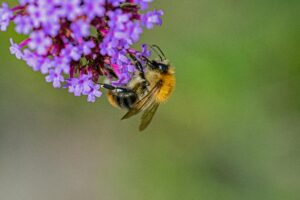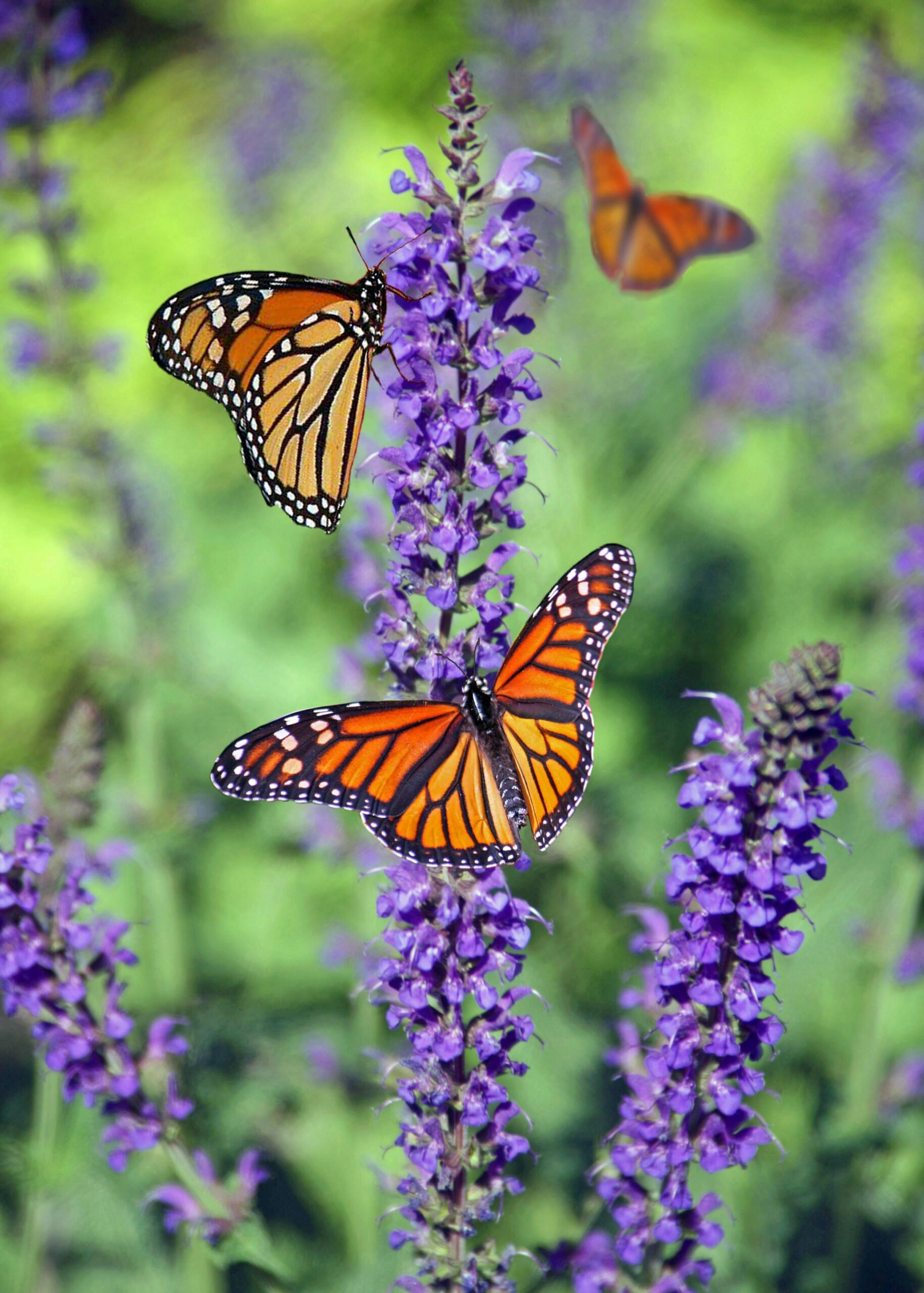Introduction
In today’s fast-paced world, creating a wildlife-friendly garden offers a peaceful retreat while contributing to the environment. A garden that attracts birds, bees, and butterflies not only brings joy and beauty but also supports biodiversity. This guide will walk you through the steps to transform your garden into a haven for wildlife.
Choosing the Right Plants
The foundation of a wildlife-friendly garden starts with the plants. Opt for native plants, which are adapted to the local climate and soil, providing the best food sources for native wildlife. Native plants require less maintenance and are more resistant to pests and diseases.
For bees and butterflies, focus on flowering plants. Species like lavender, coneflowers, and milkweed are excellent choices. These plants provide nectar and pollen, essential for pollinators. For birds, include berry and seed-producing plants like elderberries, sunflowers, and ornamental grasses. These plants offer food throughout the year, supporting birds during different seasons.
Providing Water Sources
Water is crucial for wildlife. Install bird baths and shallow dishes to provide drinking water for birds and small animals. Ensure the water is clean and replace it regularly to prevent the growth of algae and mosquito larvae.
Creating small ponds or water features can enhance your garden’s appeal. Ponds attract a variety of wildlife, including amphibians and insects, contributing to a balanced ecosystem. Add rocks and floating plants to provide perches and landing spots.
Creating Shelter and Nesting Areas
Wildlife needs safe spaces to rest, nest, and hide from predators. Birdhouses and nesting boxes are excellent additions. Install them at different heights and locations to cater to various bird species. Ensure they are secure and protected from harsh weather conditions.
Providing ground cover and shrubbery helps small mammals and insects. Dense plants and bushes offer hiding spots and nesting material. Create log piles and rockeries to attract beneficial insects and small animals, promoting biodiversity.
Avoiding Pesticides and Chemicals
Chemicals and pesticides can harm wildlife. Embrace natural pest control methods to maintain a healthy garden ecosystem. Introduce beneficial insects like ladybugs and lacewings, which prey on harmful pests. Companion planting, where certain plants deter pests naturally, is another effective strategy.
Opt for organic gardening practices. Use compost and natural fertilizers to enrich the soil without introducing harmful chemicals. Regularly inspect your plants for signs of disease or pests and address issues promptly with non-toxic solutions.
Seasonal Considerations
A thriving wildlife garden requires year-round attention. Plan for continuous blooms and food sources by selecting plants that flower at different times of the year. This ensures that pollinators have access to nectar throughout the growing season.
Winter can be challenging for wildlife. Provide food and shelter by leaving seed heads on plants and maintaining evergreen shrubs. Consider adding feeders stocked with birdseed to support birds during colder months.
Seasonal clean-up is essential but should be done thoughtfully. Avoid removing all debris, as fallen leaves and plant stems offer habitat for insects and other small creatures. A tidy garden can still support a robust wildlife population.

Conclusion
Creating a wildlife-friendly garden is a rewarding endeavor that benefits both you and the environment. By choosing the right plants, providing essential water sources, creating shelters, and avoiding harmful chemicals, you can transform your garden into a vibrant sanctuary. Start small, enjoy the process, and watch as your garden becomes a bustling hub of biodiversity.
Check out how to design a Butterfly and Bee- Friendly Garden here!
Check out Tips for mastering your green thumb!


Thank you for sharing these amazing tips, I learned so much from your post, that I would be implementing in my garden.
You have some fabulous ideas. I wish I could grow stuff. I do try and have the proper things out to help bees!
I need to get more bees to my garden to help my plants grow better. I will be trying some of these tips.
Creating a wildlife-friendly garden is such a wonderful idea! Attracting birds, bees, and butterflies adds beauty and helps support local ecosystems. I’m excited to learn some tips and tricks for making my garden more inviting to these lovely creatures
I kinda want to build a flower garden. But I’m not sure I could deal with the constant upkeep due to health issues. I’ve got RA and so it interferes with my plans frequently. After work, I’m beat usually.
Would be wonderful to attract more of these insects to my garden! Thanks for all the tips – would love to do my part in keeping our environment healthy.
This brings back fond memories of my childhood when my father built a great backyard garden. I used to be fascinated by the wide variety of creatures in that garden.
While I’m not big on bees (long childhood story), I absolutely adore birds and butterflies in nature. Lavender and sunflower seeds are easy to get here, so I will add those and hope they’re attractive. Everything slows down in winter for us, so this is an excellent time to enjoy gardening.
I love these ideas! We have a few plants in our garden that attract butterflies, and I’ve been wanting to expand into attracting more of nature. I’m bookmarking this!
I love that you remind us that there are non toxic solutions! Seems the tried and true ones we knew from our childhood memories are the ones we go to and those are usually all poison!
This is a brilliant idea! I haven’t really thought about creating shelter and nesting areas but I agree with you that it can help attract beneficial insects and animals. Will start with a birdhouse this weekend.
Creating a wildlife-friendly garden is such a wonderful way to connect with nature and support local biodiversity. I love the idea of transforming my garden into a vibrant sanctuary for wildlife while also enjoying the process. Great tips on how to get started!
I love the idea of transforming our backyard into a sanctuary for birds, bees, and butterflies. Your advice on choosing native plants and providing water sources is incredibly helpful.